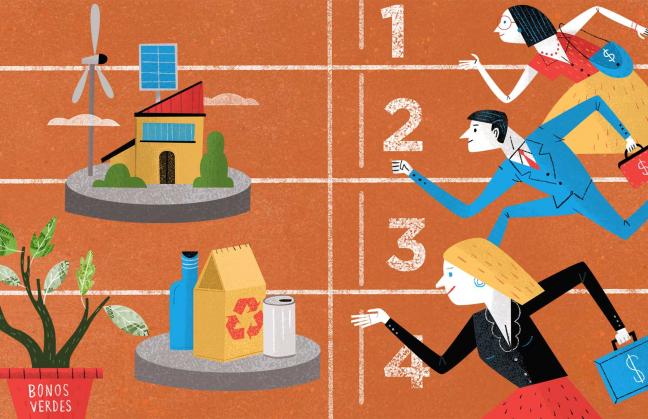We Are Ready for Sustainable Finance
Sustainable finance is at a unique juncture in Mexico

According to US SIF data, in 2018, in the United States alone, sustainable finance represented more than 12 trillion dollars for the financial world. Sustainable, responsible and impact investment (SRI) is not a new issue; it responds to the interests of investors, governments, academics and the general public to reinterpret the financial sector.
Some experts attribute this boom to the post-crisis period we have been experiencing over the past decade; others to the generational change in which the new decision-makers look for a deeper sense of responsibility with their investments, try to be faithful to their own values, and seek a positive impact. In any event, the numbers speak for themselves: this type of investment has grown 38% in just two years.
This can change the world, but how does one invest in Sustainable Finance? The answer is not entirely simple, however there are conventions in economic, environmental and social factors to determine whether an investment is sustainable. In fact, practically any asset manager currently offers investment alternatives that make it possible to channel resources into sustainable investments.
The offer is very diverse and all types of assets exist that are validated by specialized rating agencies, such as Morningstar or Sustainalytics, as well as basically all the well-known, names, such as Moody's, S&P, etc. Validation is carried out according to characteristics and criteria that establish the degree of sustainability of a particular investment, but undoubtedly the most popular assets are topic-specific investment funds and green bonds. The former can deploy various types of strategy, from investing only in socially responsible companies to focusing on companies with an interest in environmental issues or clean energy, among others. Although green bonds are a good attempt to associate the use of resources to environmental issues, their legal framework is still not entirely clear with regard to the actual requirement of environmental commitments in practice. However, green bonds already total approximately 250 billion dollars, according to figures from the International Finance Corporation (IFC).
Although sustainable finance has managed to carve out a place in the global agenda, it is not a totally new conception of return based on the risk of new environmental or social factors. It constitutes a broader understanding of value creation based on environmental and social factors, without neglecting the concepts of valuation and resource management of traditional finance. In other words, sustainable finance does not substitute traditional finance, but complements and updates it to accommodate broader concepts. Some methodologies, such as hedonic pricing or payment for environmental services, make it possible to set new parameters for a better-valued and efficient real estate industry. Thousands of companies worldwide use these and many other valuation methodologies to capture value in their investments.
In Mexico, sustainable finance is at a unique juncture that will allow it to advance. The enormous diversity prevailing in the country, both socially and environmentally, requires increasingly creative companies and projects that promote the development of communities and capture the added value they offer. A good example of this is the interest in organic and handmade products, the increasingly numerous socially responsible companies and ethical banking.
Moreover, the growing concern for sustainable construction driven by a global trend and supported by the markets, together with an energy reform that finally cracks the monopoly of the state’s electricity production and begins to explore new schemes of renewable energy production, pave the way to the use and study of sustainable finance.
There are many other examples and areas of application, making sustainable finance a huge area of opportunity for the country.



